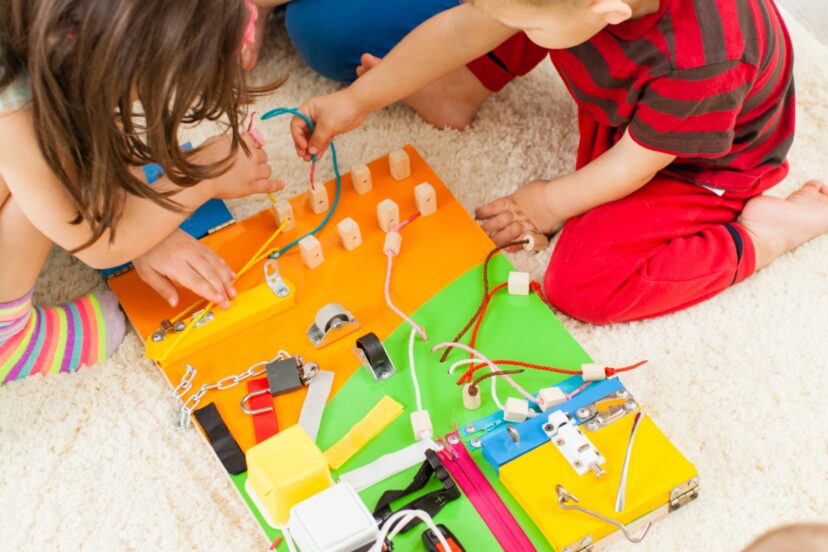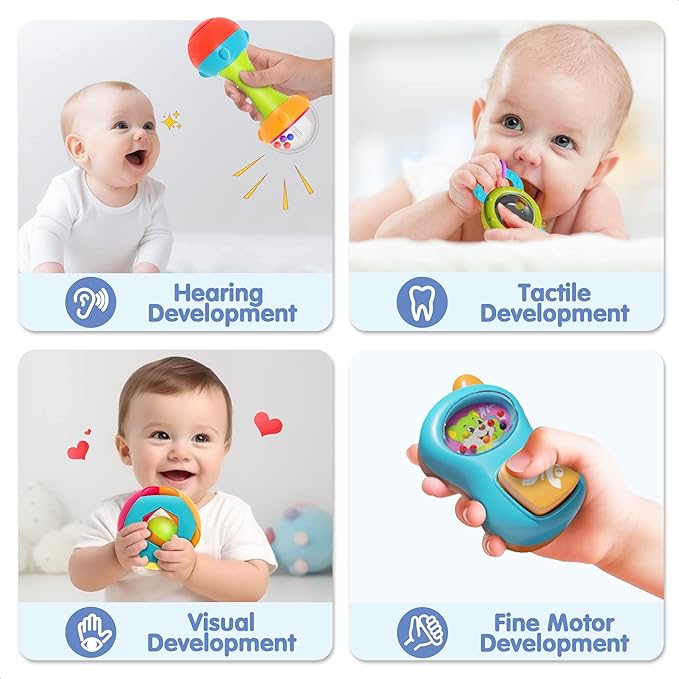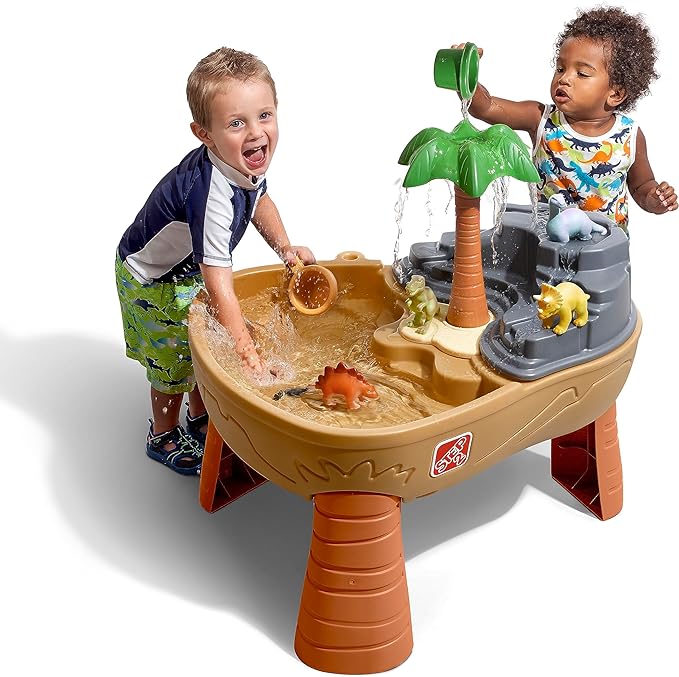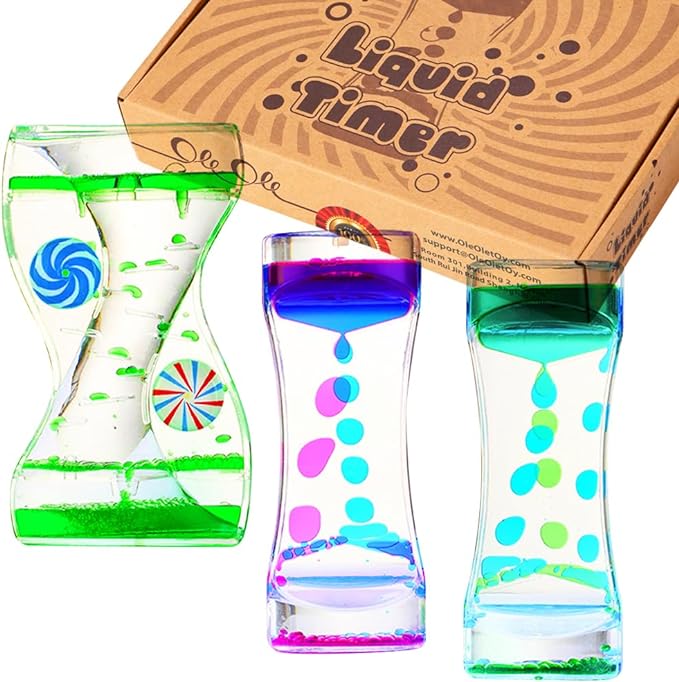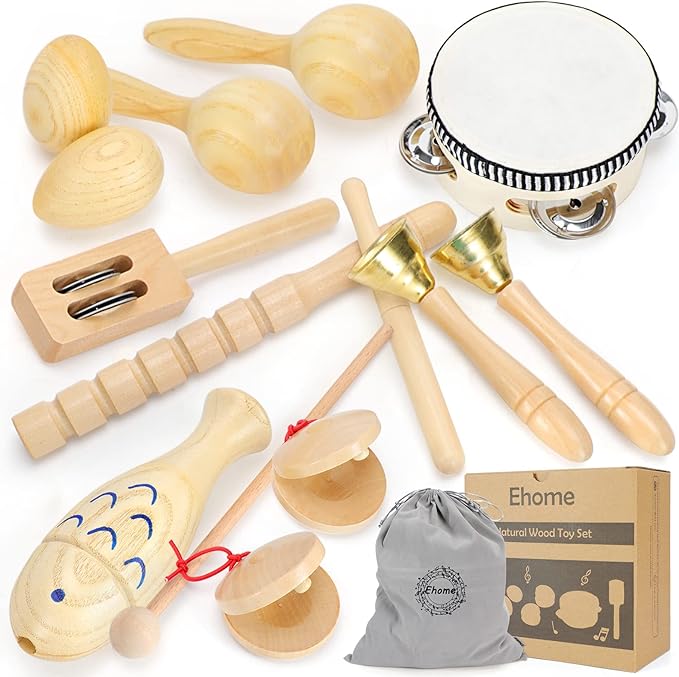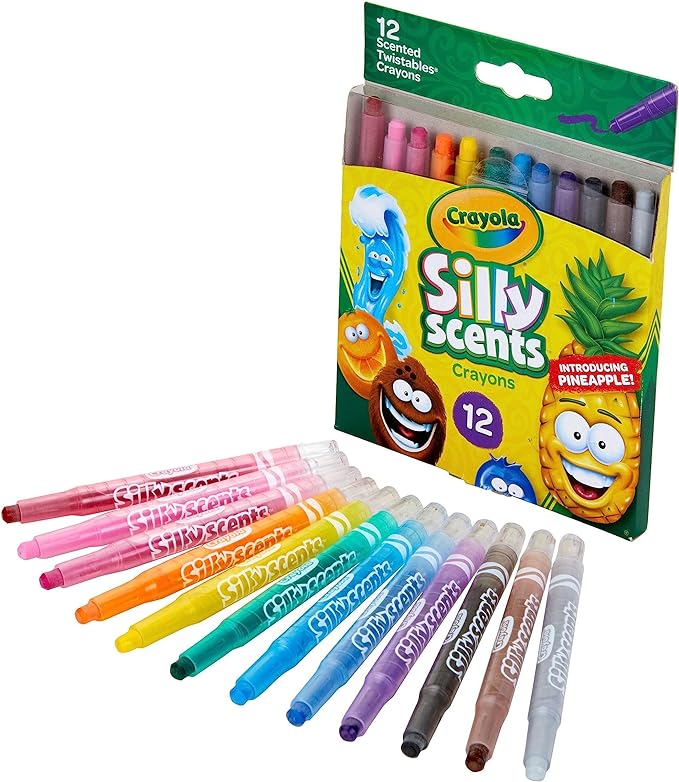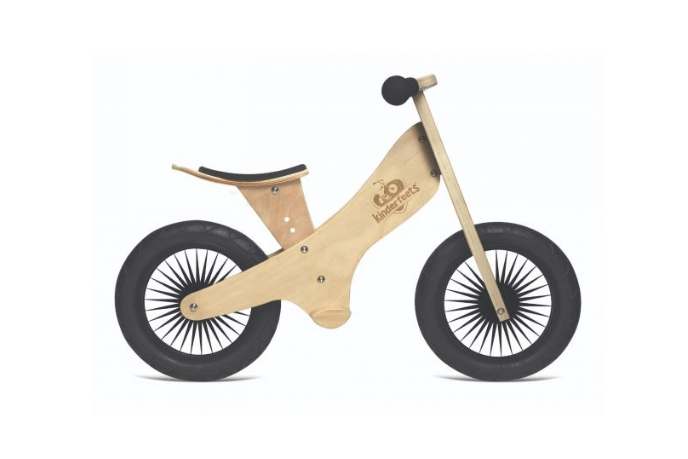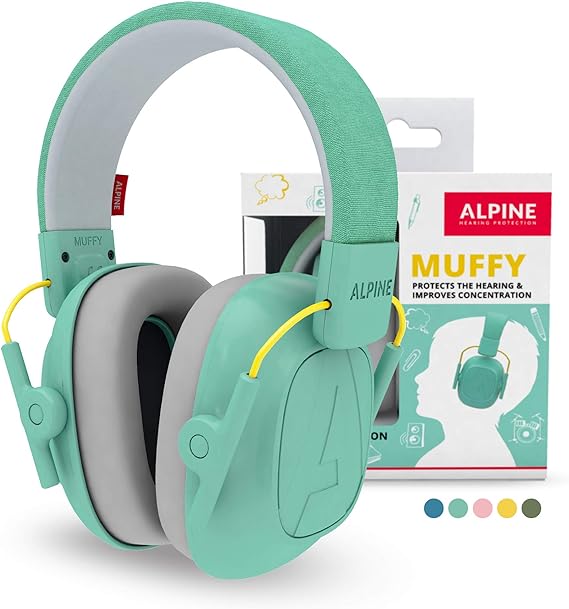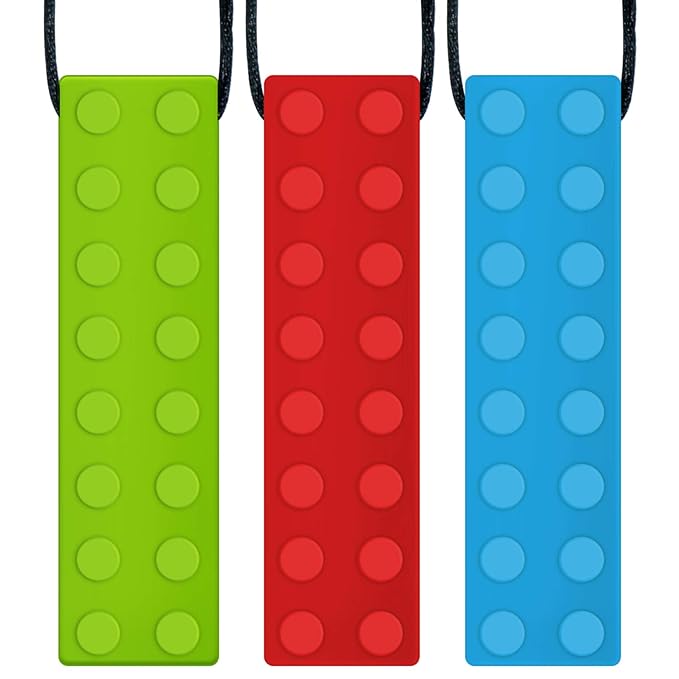Best Sensory Toys For Kids – The Joy Of Sensory Play
As a parent or caregiver, you want the best for your child’s development. You strive to provide them with enriching experiences and opportunities to grow. One way to support their development is through the use of sensory toys. In this article, I will discuss there various benefits and provide guidance on choosing the right ones for your child.
Before diving into their benefits, let’s firstly define what they are. Sensory toys are designed to engage and stimulate the senses of children during play. They come in different shapes, textures, colors, and sizes, offering a variety of sensory experiences. Play is an essential aspect of child development as it allows them to explore, learn, and make sense of the world around them. Sensory toys can play a significant role in enhancing this process.
Benefits of Sensory Toys For Kids
Stimulating sensory exploration
Sensory toys are specifically designed to provide children with opportunities to engage their senses. Through touch, sight, sound, smell, and movement, children can explore and understand the world around them. For example, a textured ball can offer tactile stimulation, encouraging the development of fine motor skills and sensory processing abilities.
Enhancing cognitive development
When children play with sensory toys, they engage in activities that promote cognitive development. Sorting, stacking, and manipulating objects improve their problem-solving skills, spatial awareness, and hand-eye coordination. As they experiment with cause and effect, they develop logical thinking and learn about basic scientific principles.
Fostering creativity and imagination
Sensory toys can often ignite children’s imagination and creativity. They provide open-ended play opportunities where children can use their creativity to transform objects and explore endless possibilities. For instance, a set of building blocks can be transformed into a towering castle or a spaceship in a child’s imaginary world, encouraging storytelling and imaginative play.
Promoting social and emotional development
Sensory play is not only about individual exploration but also about social interaction. Sensory toys can be used collaboratively, allowing children to engage in joint play experiences. Sharing, taking turns, and negotiating become important social skills that children develop through play. Additionally, sensory play can also help children regulate their emotions and reduce stress or anxiety.
Sensory Toys for Different Ages
It is important to consider age appropriateness when choosing toys for your child. Different age groups have varying developmental needs and abilities. Here are some considerations for different age ranges:
Infants and toddlers
For infants and toddlers, sensory toys that stimulate their senses through different textures, sounds, and colors are ideal.
Soft plush toys, rattles, and teething rings provide tactile and auditory stimulation while promoting hand-eye coordination.
Preschoolers
Preschoolers are curious explorers. They benefit from toys that encourage imaginative play, such as play dough, sand tables, and water play.
These toys allow them to manipulate materials, engage in pretend play, and develop fine motor skills
School-age children
As children grow, their play needs may evolve. Construction sets, science kits, and art supplies can offer them opportunities to engage their senses while fostering creativity, problem-solving, and critical thinking skills.
The Many Different Types of Sensory Toys
Sensory toys come in various types, each targeting different senses. Let’s explore some common categories:
Tactile Sensory Toys
Tactile toys focus on touch and texture. Examples include Kinetic Sand, textured puzzles, and sensory bins filled with materials like rice or beans.
These toys provide opportunities for children to develop their tactile discrimination and fine motor skills.
Visual toys
Visual toys captivate children’s attention through bright colors, moving patterns, and visual effects. Items like kaleidoscopes, light-up toys, and visual stem toys such as liquid bubble timers can engage their visual senses and promote visual tracking abilities.
Auditory toys
Auditory toys stimulate children’s sense of hearing. Musical instruments, sound puzzles, and interactive books with sound effects can help children explore different sounds and develop their auditory discrimination.
Olfactory toys
Olfactory toys engage the sense of smell. Scented playdough, scratch-and-sniff books, and scented crayons can provide olfactory stimulation, allowing children to explore and identify different scents.
Proprioceptive & Vestibular toys
These toys focus on the sense of balance, body awareness and movement. Balance Bikes, Crawling Tunnels, swings, trampolines, and a whole host of other balance toys challenge children’s vestibular and proprioceptive systems while promoting balance, coordination, and spatial awareness.
Choosing the Right Toys
When selecting sensory toys for your child, several factors should be considered:
Safety considerations
Ensure that the toys you choose are age-appropriate, durable, and free from small parts that could pose a choking hazard. Additionally, check for any potential allergens or toxins in materials used.
Personal preferences and interests
Observe your child’s interests and preferences. Choose toys that align with their likes and provide a variety of experiences to keep them engaged and excited.
Developmental appropriateness
Select toys that align with your child’s developmental stage. Consider their motor skills, cognitive abilities, and sensory processing capabilities. Tailor the toys to their specific needs to maximize the benefits.
Incorporating Sensory Toys For Kids into Daily Play
To fully harness the benefits of sensory toys, it’s important to incorporate them into your child’s daily play routine. Here are some tips:
Creating sensory-rich environments
Designate areas in your home where your child can engage in sensory play. Set up sensory bins, art stations, or designated spaces for specific sensory activities. This helps create a conducive environment for exploration and learning.
Structured vs. unstructured playtime
Balancing structured and unstructured play is important. Structured play involves following instructions or engaging in specific activities, while unstructured play allows for free exploration and imagination. Incorporate both types of play to support different aspects of your child’s development.
Using Sensory Toys to Address Specific Needs
Sensory toys can be particularly beneficial for children with specific needs, such as sensory processing disorders, autism spectrum disorders, or ADHD. Here are some ways sensory toys can support these children:
Sensory processing disorders
Sensory toys can provide sensory input that helps children with sensory processing disorders regulate their responses to sensory stimuli. Weighted blankets, fidget toys, and sensory balls can be helpful in promoting self-regulation.
Autism spectrum disorders
Sensory toys can support the needs of children with autism spectrum disorders. They can provide a calming effect and help children cope with sensory sensitivities. Visual timers, noise-canceling headphones, and tunnels are examples of toys that can be beneficial.
ADHD and attention difficulties
Sensory toys can help children with ADHD or attention difficulties focus and concentrate. Fidget toys, stress balls, and chewable necklaces can provide sensory input that aids in maintaining attention and reducing restlessness.
Final Words From Me
Sensory toys offer numerous benefits for children’s development. They stimulate sensory exploration, enhance cognitive skills, foster creativity, and promote social and emotional development. By choosing the right toys and incorporating them into daily play, you can provide your child with valuable learning experiences and support their overall growth.
Remember, when choosing sensory toys, consider your child’s age, interests, and developmental needs. Provide a safe and stimulating environment where they can explore and engage their senses. By doing so, you can nurture their growth, creativity, and overall well-being.
FAQs
Can sensory toys help calm a hyperactive child? Yes, they can provide sensory input that helps regulate hyperactive behavior and promote a sense of calmness.
Are sensory toys only for children with special needs? No, they can benefit all children by supporting their cognitive, social, and emotional development.
How do I know if a sensory toy is safe for my child? Ensure the toy is age-appropriate, free from small parts, and made from non-toxic materials. Look for safety certifications and read product reviews.
Can sensory toys be used in therapy sessions? Absolutely! They are commonly used in occupational therapy sessions to address sensory integration issues and promote development.
Do sensory toys replace other forms of play? Not necessarily. They can complement other forms of play and provide additional sensory stimulation. They can be incorporated into various play activities for a well-rounded experience.

